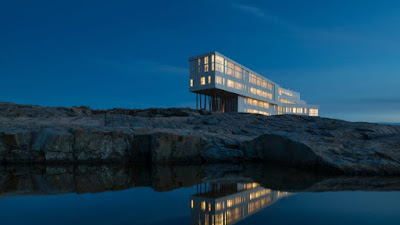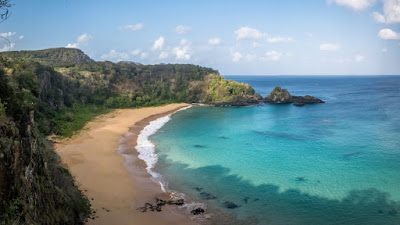India's City of Joy: 3 days in historic Kolkata
Founded in 1690 on the banks of the river Hooghly, Kolkata -- or as it was known until 2001, Calcutta -- quickly grew from a fishing village into a flourishing colonial metropolis and served as the British imperial capital until 1911.
Unlike other large cities in India, the capital of West Bengal has retained a great deal of charm, not least because hundreds of magnificent decaying buildings dating back to the British occupation have survived more or less intact -- giant government edifices, local mansions and historic hotels among them.
Kolkata's cityscape offers a glimpse of times past: the commerce, culture and struggle of the subcontinent.
"The people of Kolkata love their city's monuments, no matter who built them. There's a bit of East and West here and that's the way we like it," says Iftekhar Ahsan, owner of Calcutta Walks, a travel tour company that takes visitors on and off the beaten track in the West Bengal capital.
Here's our suggestion for a three-day visit that puts the city's global reputation as a place of hardship into a larger perspective.
Day 1: North Kolkata
The best place to start your day is Howrah Bridge, the third-longest cantilever bridge in the world, which stretches like an iron finger across the expanse of the Hooghly River.
With around 100,000 vehicles and 150,000 pedestrians crossing each day, the structure also known as Rabindra Setu is one of the city's most impressive sights. On the Hooghly's eastern bank, just below the bridge, a rustic flower market offers great photo opportunities.
A short taxi ride northwest of the bridge, College Street is home to some of the city's best educational institutions. The streets in the area are lined with countless tiny wooden stalls with vendors surrounded by stacks of textbooks as well as antique and esoteric volumes. The Indian Coffee House offers respite from the crowds.
A little to the south, B. B. D. Bagh, formerly Dalhousie Square and renamed in memory of Indian freedom fighters, is ringed with impressive buildings dating back to the 18th and 19th century, including the gigantic dome of the General Post Office and the impressive Writers' Building, once India's bureaucratic center and now serving as state government offices. "B. B. D. Bagh was once the center of power in the eastern hemisphere, the very heart of the second city of the British Empire," says Iftekhar Ahsan.
Dine at Koshe Kosha, a great little restaurant chain that has nine outlets in Kolkata and serves contemporary Bengali cuisine. The kosha mangsho -- mutton in a rich heavy sauce -- is just as delicious as the bhetki paturi, a typical local river fish in tomato gravy.
The Broadway Hotel, Kolkata's budget chintz palace, is an institution. The rooms' worn-but-stylish furnishings date back to the 1960s, as does the gentleman who operates the rickety elevator cage. The bar and restaurant downstairs has an Edward Hopper vibe and gets lively with locals in the evenings.
Day 2: West Kolkata
Spend the day around Chowringhee, the swankiest promenade in town, lined with colonial-era buildings including the Indian Museum, the Chowringhee Mansions and the Asiatic Society, as well as markets, shops, movie theaters and restaurants.
"Kolkata is a very democratic city. When the Park Street Metro Station opened, the area turned from what sailors once called a city of palaces into a place that everyone can visit. The city's fanciest apartment buildings can be found here, but the road is open to all for the price of a metro ticket. That's what makes Chowringhee so vibrant today," says Iftekhar Ahsan.
More than 100,000 exhibits await visitors to the imposing Indian Museum, India's oldest and largest, which opened in 1814. The collections of Mughal paintings, antique sculptures and ornaments and Egyptian artifacts, including a mummy, are worth braving long corridors.
For a quick and satisfying lunch, grab a kati roll: chunks of roasted skewered meat wrapped in a flaky paratha with plenty of chili and onions. Kusum Rolls at 21 Park Street has long been the tastiest port of call for this typical Kolkata snack.
Day 3 - South Kolkata
Start your day at the Maidan, Kolkata's 400-hectare green lung, which boasts a race course, countless social and sports clubs, a cricket venue, several football stadia and the Victoria Memorial, a grand marble monument to imperial ambition completed in 1921 which now serves as a museum displaying Raj-era paintings and an excellent permanent exhibition on Kolkata.
"The city's young people like to come here, to fly kites, to play football or cricket, to go horse-riding. Kolkata was the funnel through which the colonizers exported their loot and the city grew rich and was orderly and clean. As a result, the Victoria Monument remains popular with locals even if it's a symbol of British occupation," says Ahsan.



